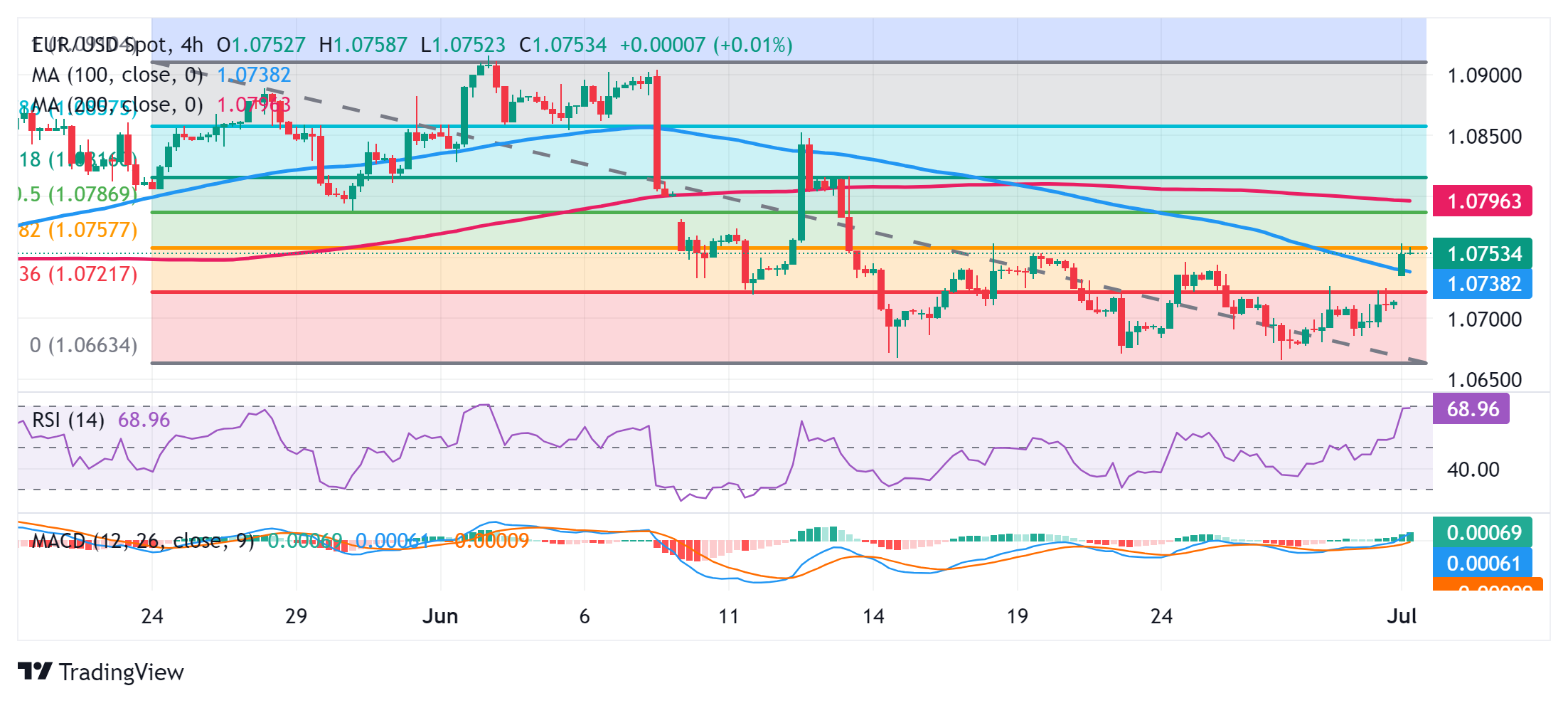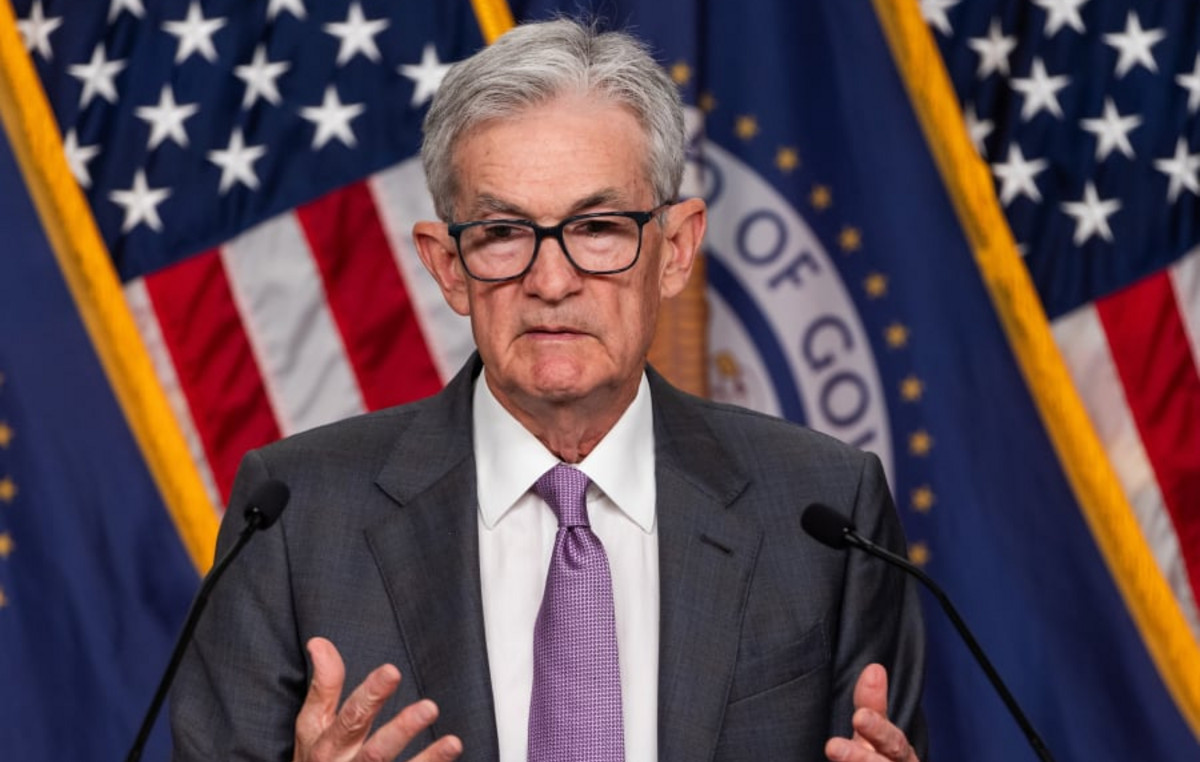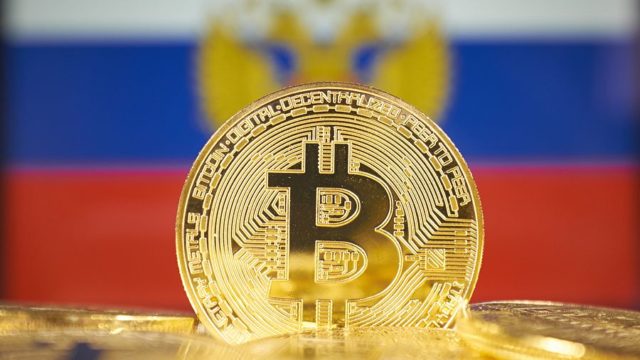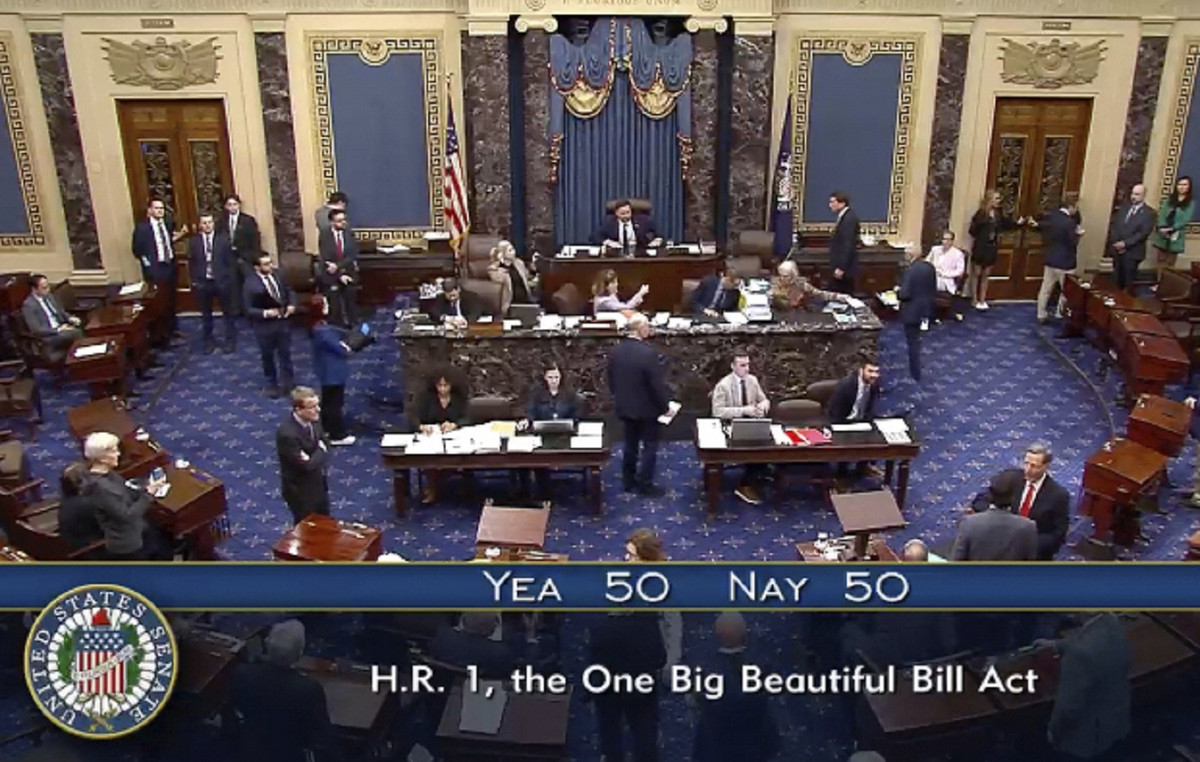- EUR/USD gains strong positive traction after the first round of early elections in France.
- Expectations of a Fed rate cut in September undermine the USD and contribute to the strong move.
- The technical setup supports prospects for further intraday appreciation for the pair.
The EUR/USD pair builds on last week’s rebound from the 1.0665 region, or a near two-month low, and gains strong positive traction for the third day in a row on Monday. The momentum lifts spot prices to the 1.0760 area, or a two-week high during the Asian session, and is supported by a combination of factors.
Exit polls showed Marine Le Pen’s far-right National Rally (RN) party winning the first round of France’s snap election on Sunday, albeit by a smaller margin than projected. This, in turn, provides a nice boost to the shared currency, which, along with some continued selling of the US Dollar (USD), driven by rising bets for a September rate cut by the Federal Reserve (Fed), acts as a tailwind for the EUR/USD pair.
From a technical perspective, strength beyond the 100-period SMA, along with positive oscillators on the four-hour chart, favor bullish traders and support prospects for further gains. Some continued buying beyond the 50% Fibonacci retracement level of the 1.0910-1.0666 dip could lift the EUR/USD pair beyond the 50% Fibonacci level, towards the 1.0800 mark, or the 200-period SMA .
The latter is closely followed by the 61.8% Fibonacci level, around the 1.0815 region, which if cleared decisively will suggest that spot prices have formed a short-term bottom and pave the way for additional gains. The subsequent move higher could further extend towards the intermediate hurdle of 1.0855-1.0860 en route towards the 1.0900 mark.
On the other hand, any significant decline now seems to find decent support near the 1.0720 region, or the 23.6% Fibonacci level, ahead of the 1.0700 mark. Failure to defend such support levels could expose last week’s low, around the 1.0665 zone, below which the EUR/USD pair is most likely to prolong its recent well-established downtrend seen over the past four weeks or so.
EUR/USD daily chart
The Euro FAQs
The Euro is the currency of the 20 countries of the European Union that belong to the euro zone. It is the second most traded currency in the world, behind the US dollar. In 2022, it accounted for 31% of all foreign exchange transactions, with an average daily volume of more than $2.2 trillion per day. EUR/USD is the most traded currency pair in the world, accounting for an estimated 30% of all transactions, followed by EUR/JPY (4%), EUR/GBP (3%) and EUR/AUD (2% ).
The European Central Bank (ECB), headquartered in Frankfurt, Germany, is the reserve bank of the euro zone. The ECB sets interest rates and manages monetary policy The ECB’s main mandate is to maintain price stability, which means controlling inflation or stimulating growth. Its main instrument is to raise or lower interest rates. Relatively high interest rates – or the expectation of higher rates – tend to benefit the Euro and vice versa. The Governing Council of the ECB takes monetary policy decisions at meetings held eight times a year. Decisions are made by the heads of the eurozone’s national banks and six permanent members, including ECB President Christine Lagarde.
Eurozone inflation data, measured by the Harmonized Index of Consumer Prices (HICP), are an important econometric data for the euro. If inflation rises more than expected, especially if it exceeds the 2% target set by the ECB, it is forced to raise interest rates to bring it back under control. Relatively high interest rates compared to their peers tend to benefit the Euro, as it makes the region more attractive as a place for global investors to park their money.
Data releases measure the health of the economy and can influence the Euro. Indicators such as GDP, manufacturing and services PMIs, employment and consumer sentiment surveys can influence the direction of the single currency. A strong economy is good for the Euro. Not only does it attract more foreign investment, but it can encourage the ECB to raise interest rates, which will directly strengthen the Euro. Conversely, if economic data is weak, the Euro is likely to fall. Economic data from the four largest Eurozone economies (Germany, France, Italy and Spain) are especially significant, as they account for 75% of the Eurozone economy.
Another important release for the euro is the trade balance. This indicator measures the difference between what a country earns from its exports and what it spends on imports during a given period. If a country produces highly sought-after export products, its currency will appreciate due to the additional demand created by foreign buyers wishing to purchase these goods. Therefore, a positive net trade balance strengthens a currency and vice versa for a negative balance.
Source: Fx Street
I am Joshua Winder, a senior-level journalist and editor at World Stock Market. I specialize in covering news related to the stock market and economic trends. With more than 8 years of experience in this field, I have become an expert in financial reporting.








